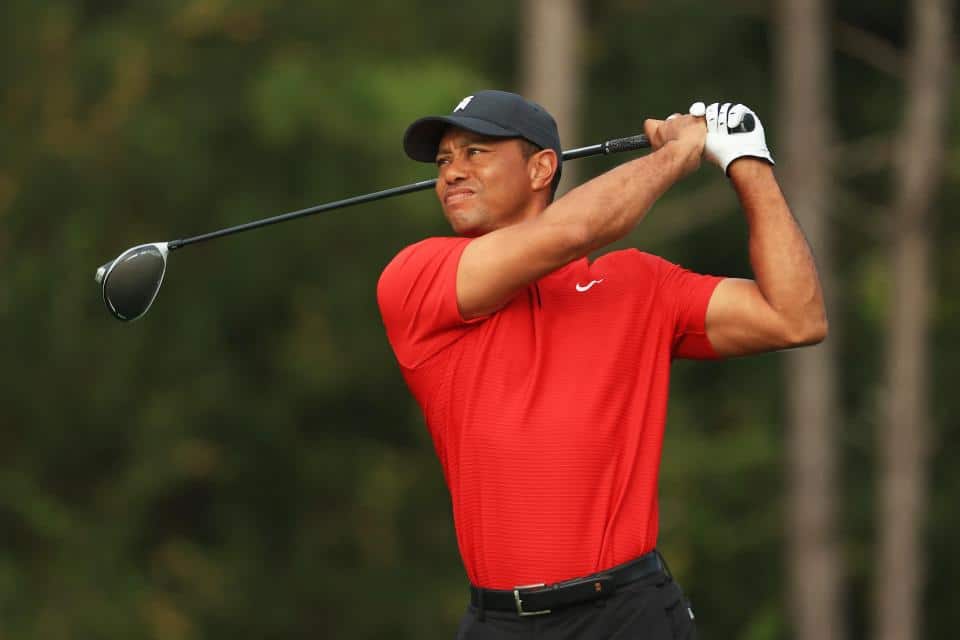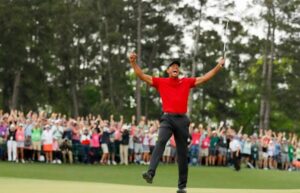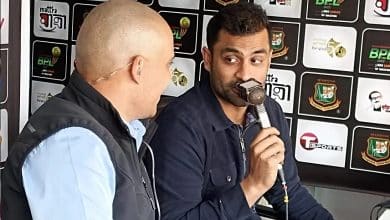Tiger Woods rules out ‘full-time’ return to golf

Tiger Woods hopes to play on the PGA Tour again, though never as a full-time player, something he called “an unfortunate reality” that he has accepted, according to a 30-minute video interview with Golf Digest posted online Monday.
“I think something that is realistic is playing the Tour one day — never full time, ever again — but pick and choose, just like Mr. Hogan did and you play around that,” Woods, 45, said, referring to the nine-time major champion Ben Hogan, who played sporadically, if effectively, after breaking multiple bones in a devastating 1949 car crash. “You practice around that, and you gear yourself up for that. I think that’s how I’m going to have to play it from now on. It’s an unfortunate reality, but it’s my reality. And I understand it, and I accept it.”

On Feb. 23, Woods sustained open fractures of both the tibia and the fibula in his right leg in a single-vehicle crash outside Los Angeles. The fractures were described as comminuted, which meant the bones were broken in several places. After undergoing emergency surgery, he was hospitalized for three weeks. In that time, Woods said, he faced the possibility of having his right leg amputated.
The police determined that Woods was driving about 85 m.p.h. in a 45 m.p.h. zone on a winding road when he lost control of his sport-utility vehicle. He was not charged with any legal violation.
“There was a point in time when — I wouldn’t say it was 50-50 — but it was damn near there if I was going to walk out of that hospital with one leg,” Woods said in the video of a Zoom interview, which began with the smiling golfer striding toward the camera without a noticeable limp, inside his South Florida home.
“After my back fusion, I had to climb Mt. Everest one more time,” he said. “I had to do it, and I did. This time around, I don’t think I’ll have the body to climb Mt. Everest, and that’s OK. I can still participate in the game of golf. I can still, if my leg gets OK, I can still click off a tournament here or there. But as far as climbing the mountain again and getting all the way to the top, I don’t think that’s a realistic expectation of me.”
He added: “I don’t have to compete and play against the best players in the world to have a great life.”
On Tuesday, Woods will make his first formal public appearance since the crash, attending a news conference at the Hero World Challenge, a 20-man tournament in the Bahamas that benefits Woods’s foundation.
“I’ve had some hard days and tough setbacks,” said Woods, who believed his recovery would be swifter. “But I keep progressing and I’m able to walk again.”
Woods last week posted a three-second video of himself swinging a short iron on a practice range, but he cautioned that he was nowhere near ready to play competitive golf.
“I have so far to go,” Woods said. “I’m not even at the halfway point. I have so much more muscle development and nerve development that I have to do in my leg. At the same time, as you know, I’ve had five back operations, so I’m having to deal with that. As the leg gets stronger, sometimes the back may act up.”
During the video interview, Woods seemed to spend more time talking about his 12-year-old son, Charlie, than any other topic. Charlie has been playing in a succession of junior golf events, with Woods in attendance lately. The two have also spent time in chipping and putting contests at a practice facility. Woods has counseled Charlie on the mental aspects of competitive golf, most notably how to recover from a bad hole.
“I said, ‘Son, I don’t care how mad you get. Your head could blow off for all I care, just as long as you’re 100 percent committed to the next shot,’” Woods said. “That’s all that matters. That next shot should be the most important shot in your life. It should be more important than breathing. Once you understand that concept, then I think you’ll get better. And as the rounds went on throughout the summer, he’s gotten so much better.”
Throughout the video, Woods was upbeat and even jocular, although he was more serious when discussing the next steps in his rehabilitation.
“There’s a lot to look forward to, but a lot of hard work to be done,” he said. “And I have to be patient and progress at a pace that is aggressive but not over the top.”
He added: “It’s been a tough road, but to get on this side of it is fantastic.”





